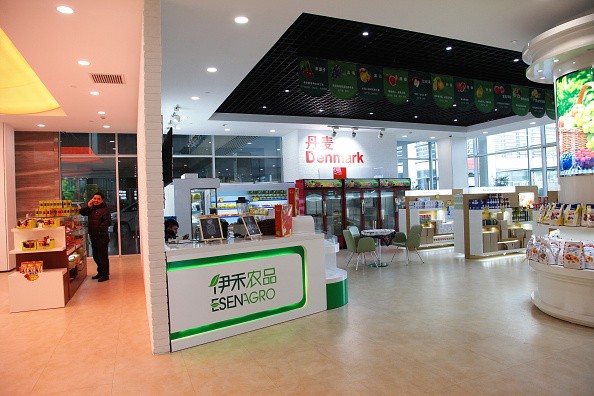China has overhauled its regulatory targets on food and drug safety for 2020, in a move aimed at clamping down on violators and lax government regulations.
In guidelines published on Tuesday, China's State Council has issued upgraded surveillance measures for imported and exported goods and raised the maximum applicable limits of pesticide and antibiotic residues in farm produce.
The plan requires 50 countries that export a high volume of food products to China to enact additional safety assessments and calls for the construction of 20 ports designated exclusively for food inspection and quarantine, according to a report from Reuters.
"The goal of the plan is to build a tightly controlled, highly efficient management system to ensure food safety in China," the council said in a statement.
The revisions also push for heightened scrutiny over health food products and infant milk formula.
Beijing has adopted a tougher stance on food safety in response to several high-profile food scares in China in the past several years, including the discovery of heavy metal compounds in rice in 2013 and chemical residue in infant formula that has led to several deaths in 2008.
In April last year, law enforcement officials have arrested a total of nine people for selling counterfeit milk products and seized more than 6,000 cans of fake powdered milk.
The new regulations also aims to curb any further increase in the use of toxic pesticides and urged producers to consider organic alternatives, a move which analysts fear could backfire amidst China's rising food output needs.
A huge majority of China's 11.8 million licensed food production enterprises are small businesses with fewer than 10 workers, the State Council said.
The council also highlighted the boom in food and drug sales and the ensuing new challenges in monitoring safety over the entire supply chain.
In the first three quarters of 2016 alone, China food and drug administration officials have reported more than 500,000 food safety violations.



























